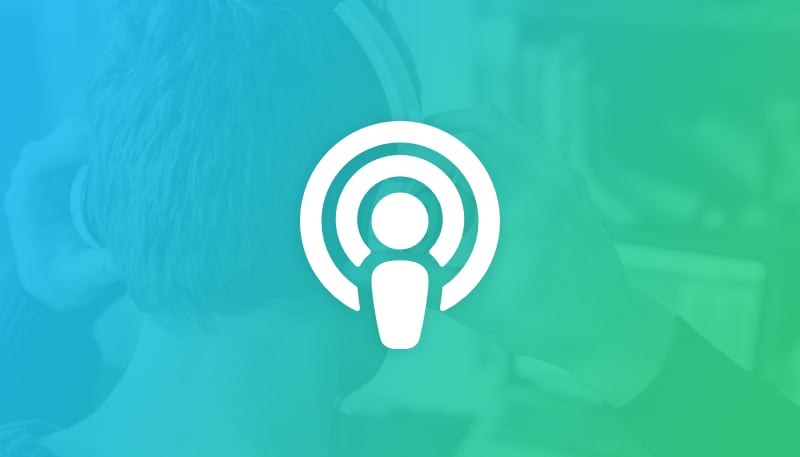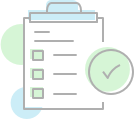
Some of us became freelancers by choice. Others perhaps were forced into it unexpectedly and are learning to make it work. And then there's a third group of folks who aren't freelancers yet, but long to be. Perhaps you're one of them. Unsatisfied and unfulfilled with your current nine-to-five job, you dream of the freedoms and flexibility of being your own boss. If you're thinking of making the jump to becoming a full-time freelancing superstar, the following tips will help ease the transition.
Extra Savings
Financial stress and uncertainty is why many freelancers throw in the towel during the first year or so. Do yourself a favor and give yourself a financial buffer. Start saving money now to help you during the transition to full-time freelancing. Plan to have enough extra cash on hand to cover three to six months of living expenses if possible. This will give you some breathing room to adapt financially to your new career. It will also allow you to be a bit more picky with the types of projects you take on, as financial stress can tend to make freelancers desperate. Save some money now so you can stay in control later.
Start Part-Time
Instead of becoming a full-time freelancer cold turkey, try ramping up to it by taking on some part-time projects after hours or on the weekends. Yes, this will mean working a lot of extra hours as you hold down your day job. But starting part-time as a freelancer eliminates the pressure of your entire financial livelihood depending on your new venture. It provides you room to experiment, to make mistakes, and to validate your new career.
Of course working as a part-time freelancer while holding down your day job highly depends on the relationship you have with your current employer. You'll want to make sure you're not violating any noncompete agreements. And don't be tempted to use any of your employer's resources or time as a way to ramp up your own business. Keep your day job completely separate from your freelancing (e.g. phone calls, emails, planning, etc.), and continue giving your employer the dedication and focus they deserve.
Downsize
While still working at your day job start eliminating some of your extraneous expenses and learn to live on less. If you're currently living on $5,000 a month try living on $4,000. Not only will this provide you some extra savings now, but it will help you learn to live lean and eliminate some financial stress during your first year or so of freelancing. Start packing your lunch instead of eating out as often. Enjoy a walk in the park when you normally would've spent money on a movie. Take local vacations instead of long trips. Becoming a full-time freelancer includes some sacrifices, but it'll be worth it as you grow your new career.
Set a Financial Goal and Budget
Decide how much money you want to make as a freelancer. First figure out your monthly expenses (groceries, office supplies, retirement, health insurance, savings, etc.). Multiply your monthly expenses by twelve and you have your "big number" for the year. This is your goal. You can then use a financial tracking tool like Harpoon (shameless plug) to steer you in the right direction of staying on budget and meeting your financial goals.
Health Insurance
The topic of health insurance is a moving target these days so you'll definitely want to do your homework. Typically health insurance has been more expensive for the independent worker than it is through your employer so you'll want to plan your budget accordingly. Don't wait until after you quit your day job to figure it out, as it may be easier and less expensive to procure while you still have coverage through your current employer. Check to see if your insurance has COBRA provisions, which means a temporary continuation of group coverage where you pay your portion as well as whatever portion your former employer paid. This is usually better coverage and less expensive than individual policies. There are other options as well, so take the time to learn the lingo, shop around, and don't be shy to discuss the topic with other freelancers.
Set a Date
It helps to have a date in mind of when you plan to make the jump to full-time freelancing. Setting a date can provide you motivation to save the money you need, start cutting your expenses, and to get you through some of those long evenings of extra part-time freelancing after an already long day at your current job. You can even make it cheesy fun by hanging a calendar on your wall and crossing out the days leading up to your own personal independence day!
Start Networking
Start spending some time networking with other freelancers and entrepreneurs in your field. Find out when the next local meetup is. Take the time to attend a conference or two on the weekends. Start following the work of other successful freelancers in your field. You'll make some good friends. You'll be encouraged by others' success. You'll receive priceless advice. And you'll become part of the freelancing community which tends to be generous with referrals and sharing work.
Build an Online Presence
Before going full-time start building up an online presence. Create a simple website you can direct curious clients to. Start a blog and write helpful articles on topics related to your field. Start posting your profile on sites where potential customers are lurking (LinkedIn, industry directories, etc.). In short, make it as easy as possible for your clients to not only find you, but to learn why you're the right person for the job.
Freedom Awaits!
Being a full-time freelancer requires some upfront sacrifice and a willingness to go beyond your craft as you learn to run all aspects of a business. Taking the time to prepare will make your first year as a freelancing superstar that much more enjoyable. Freedom awaits!







